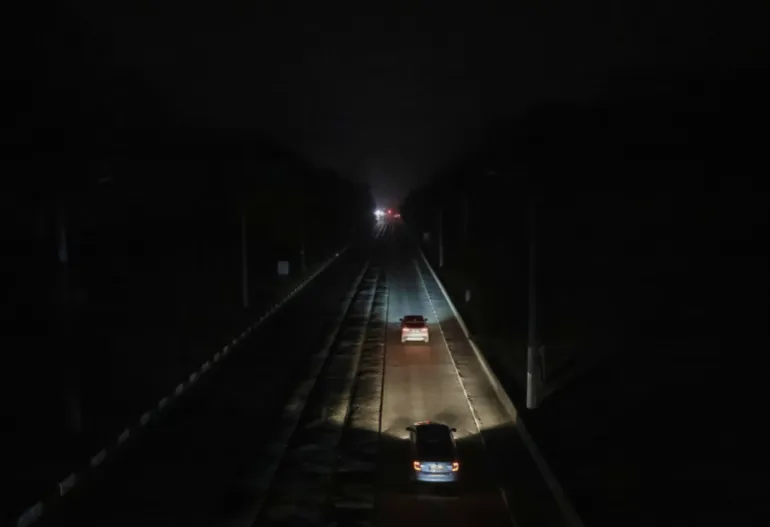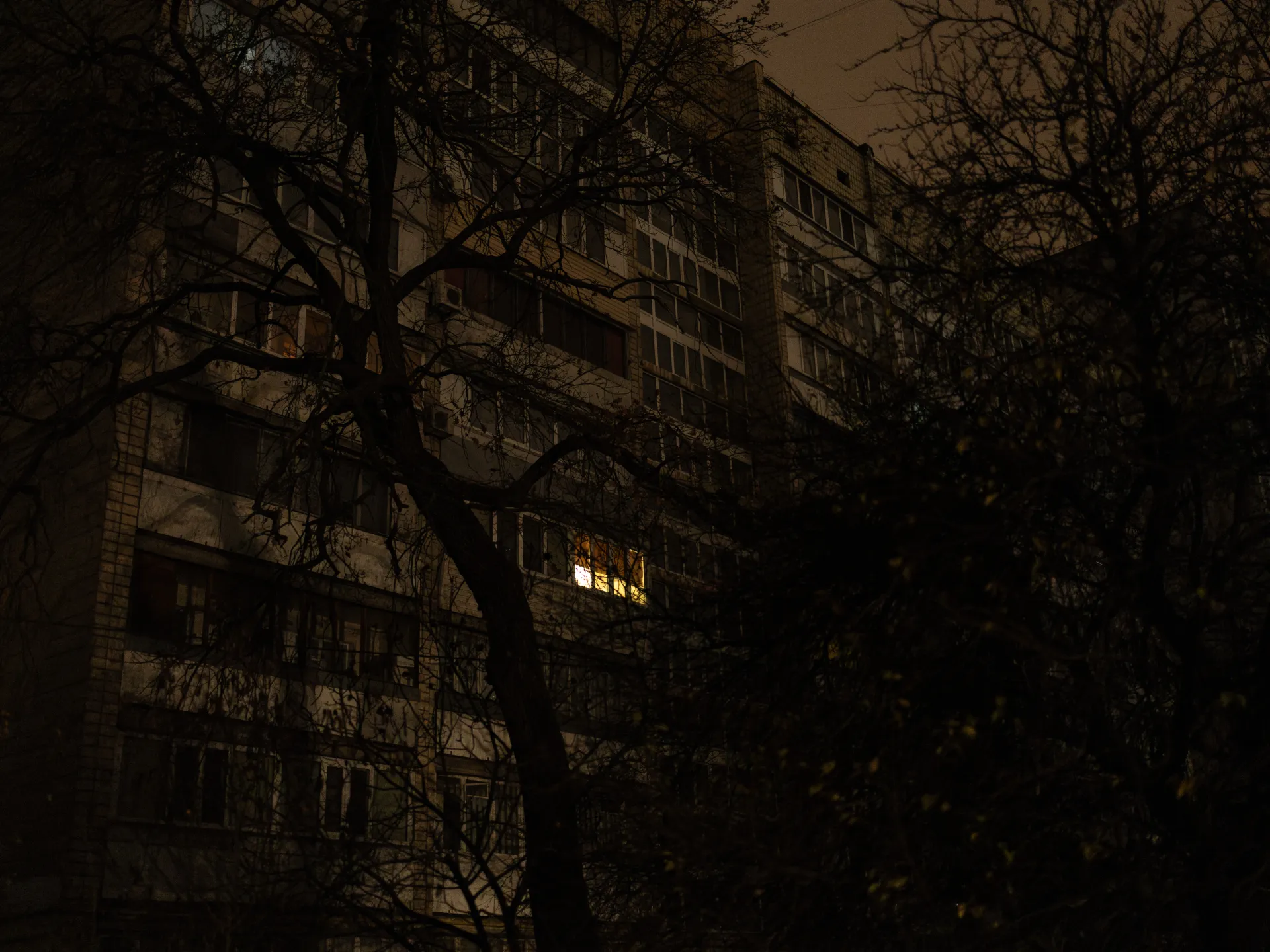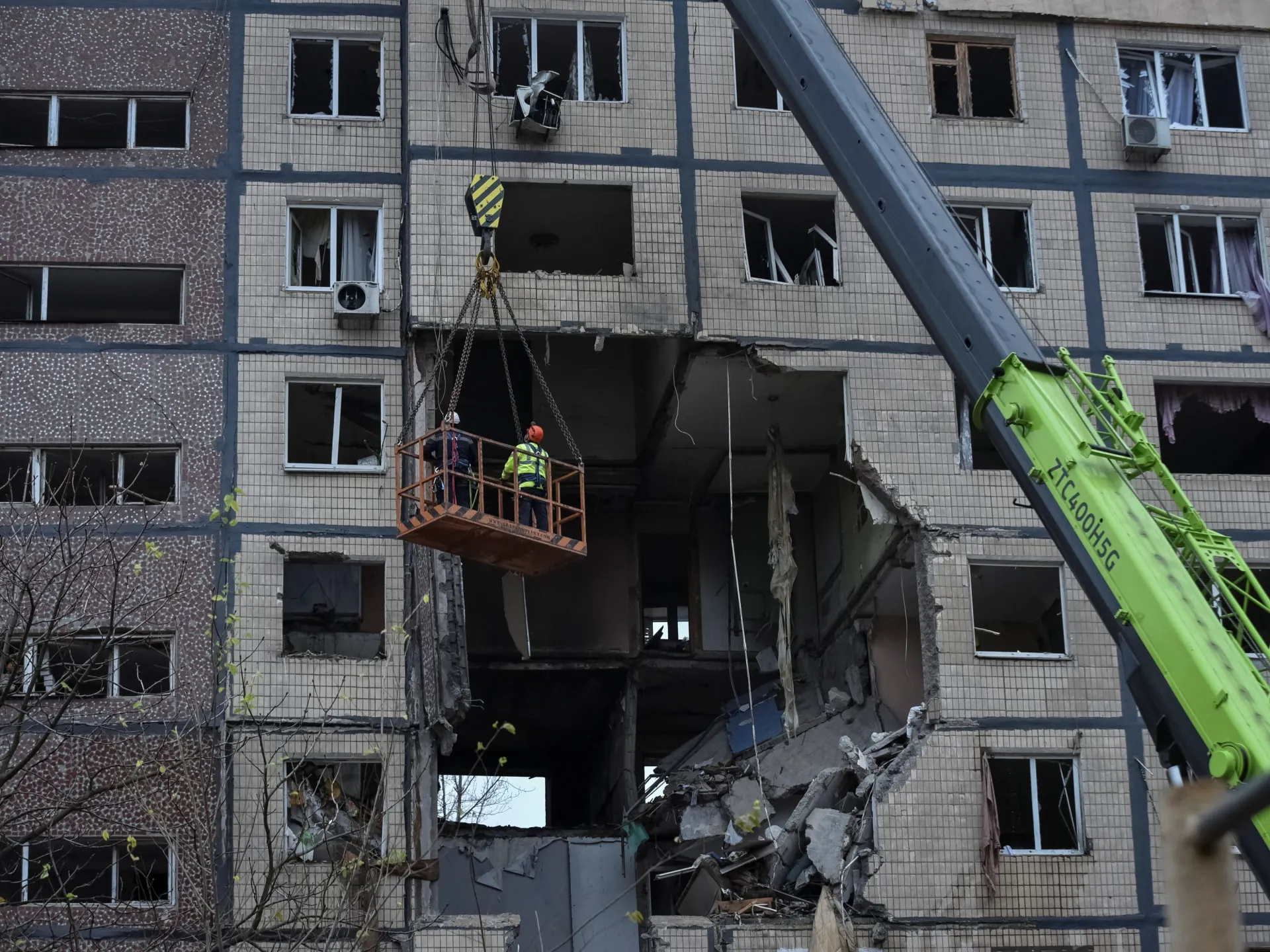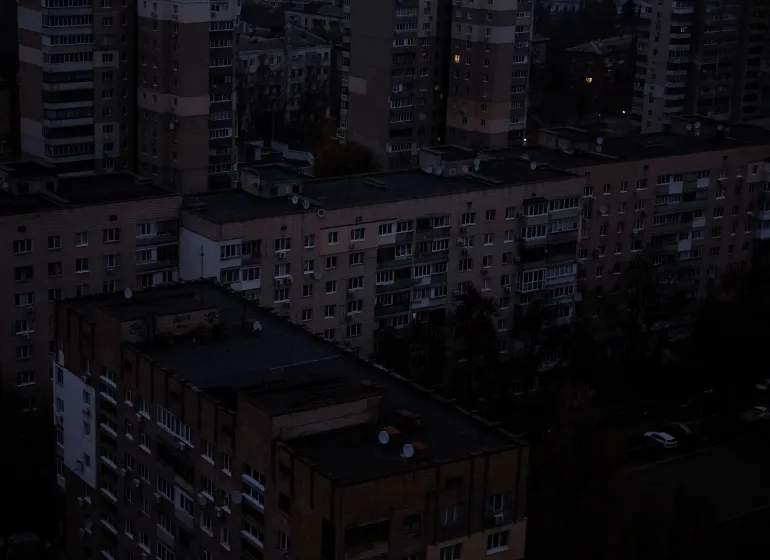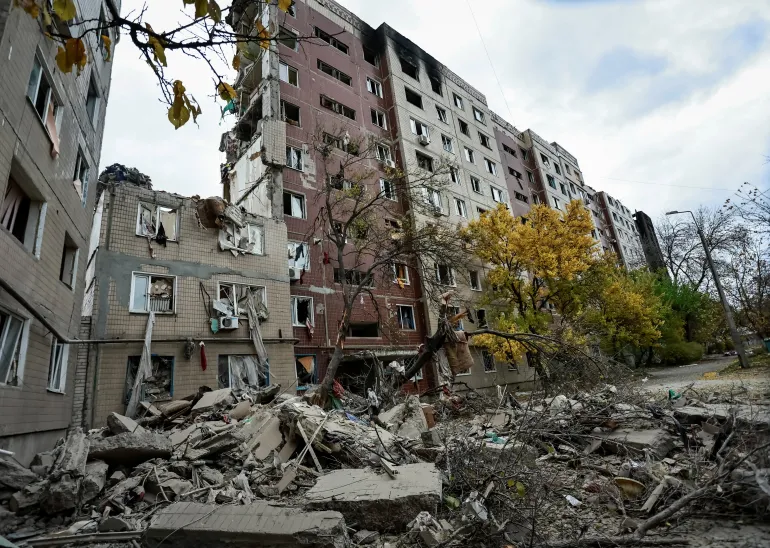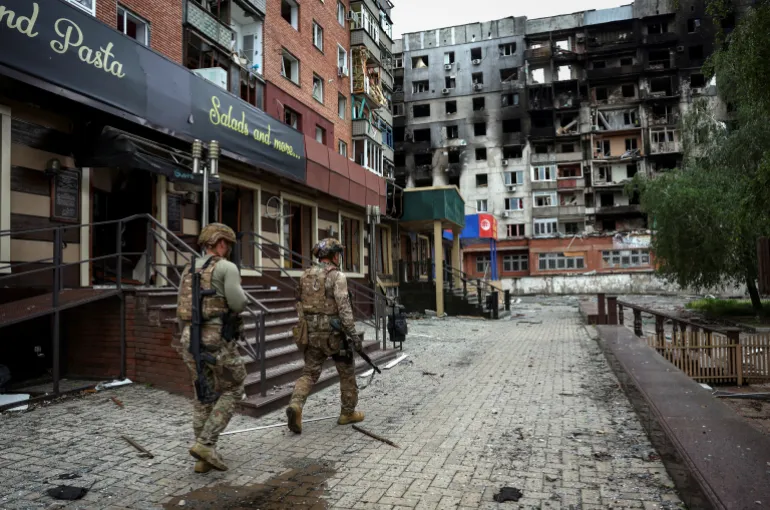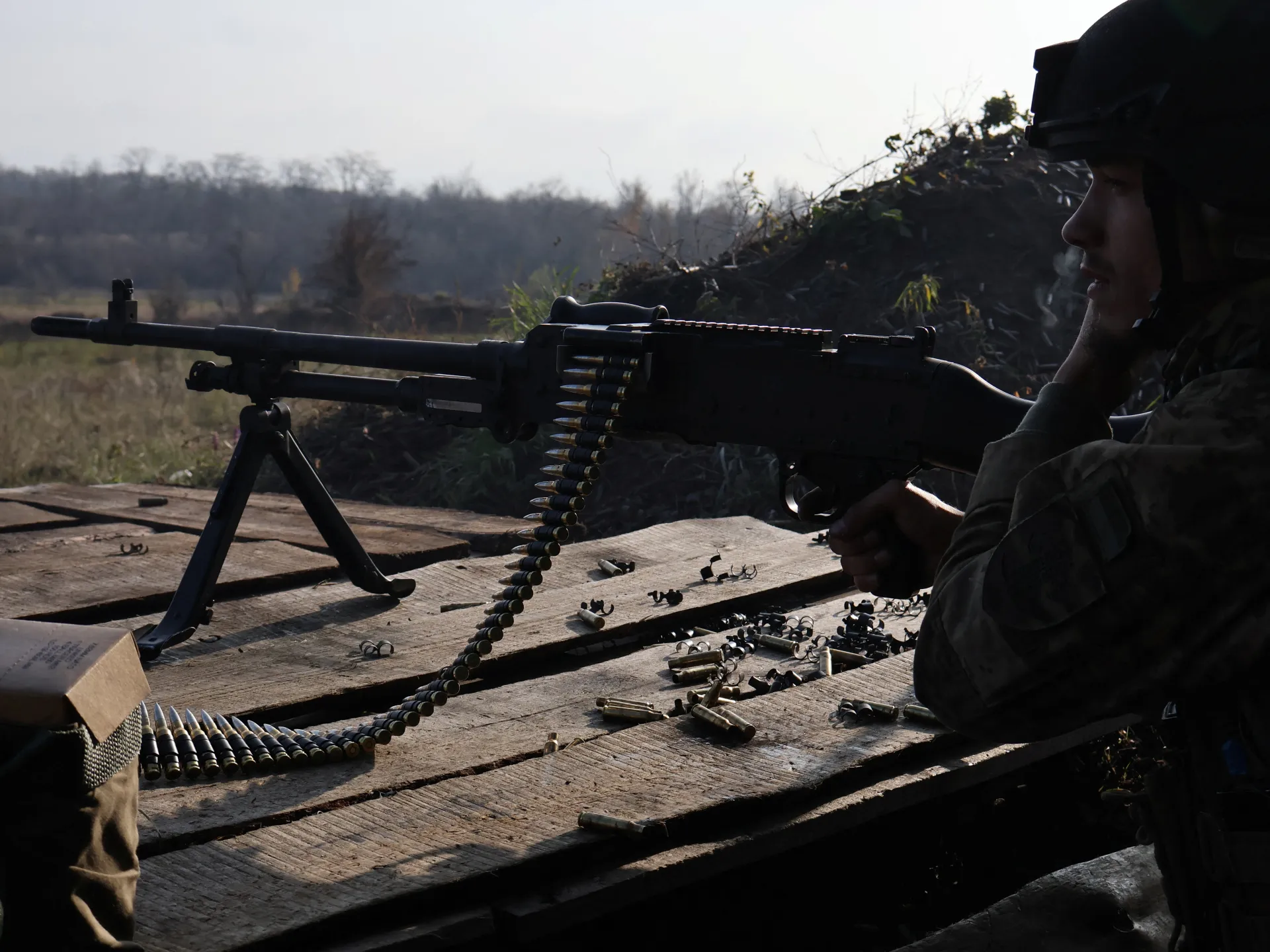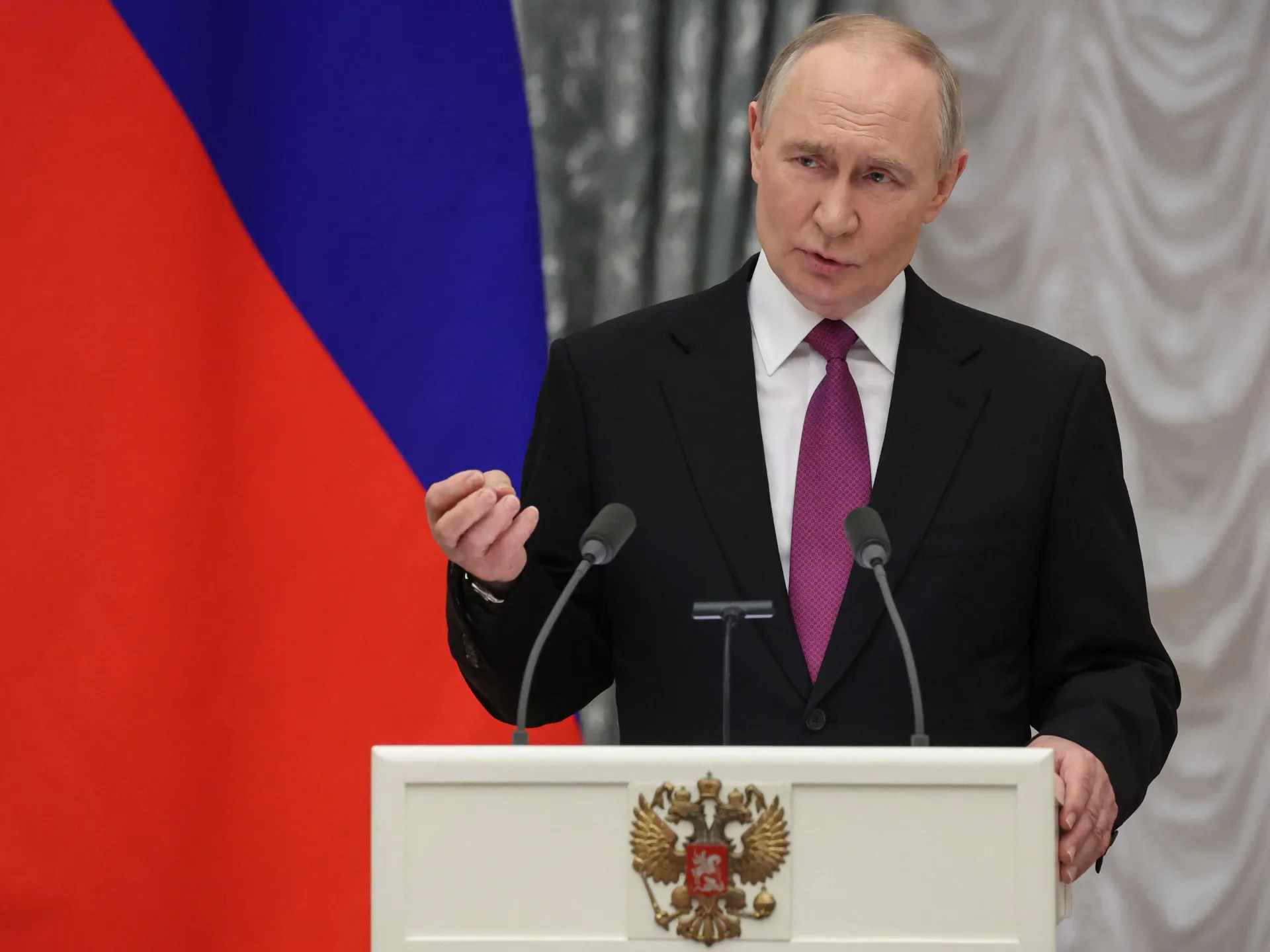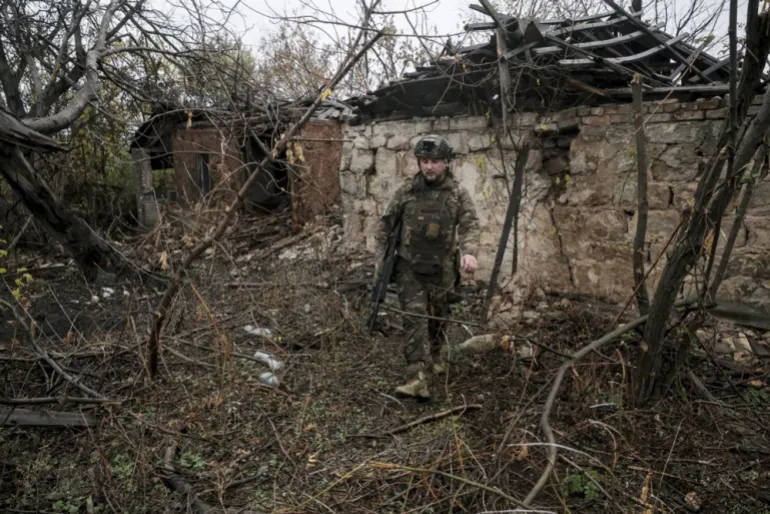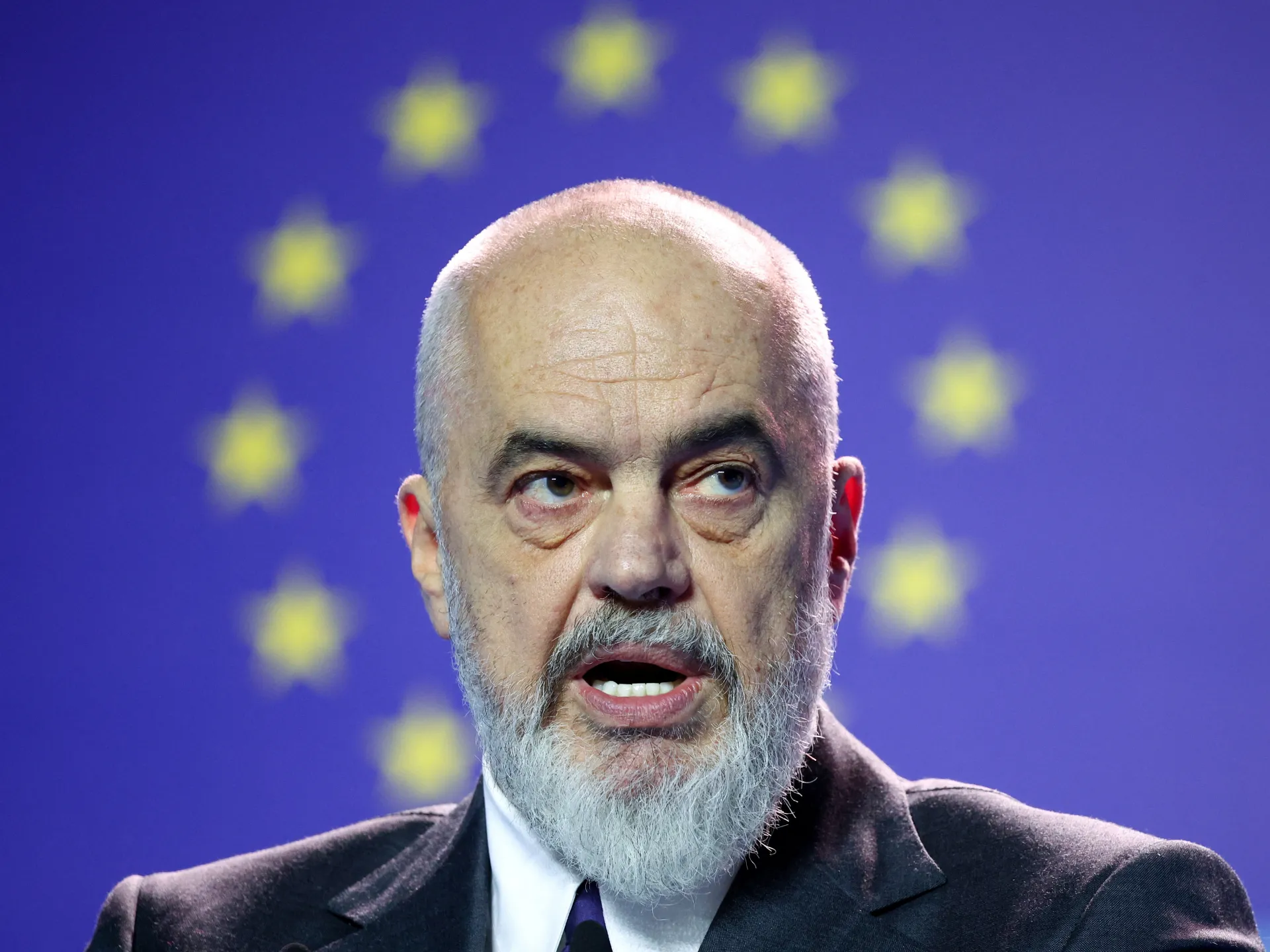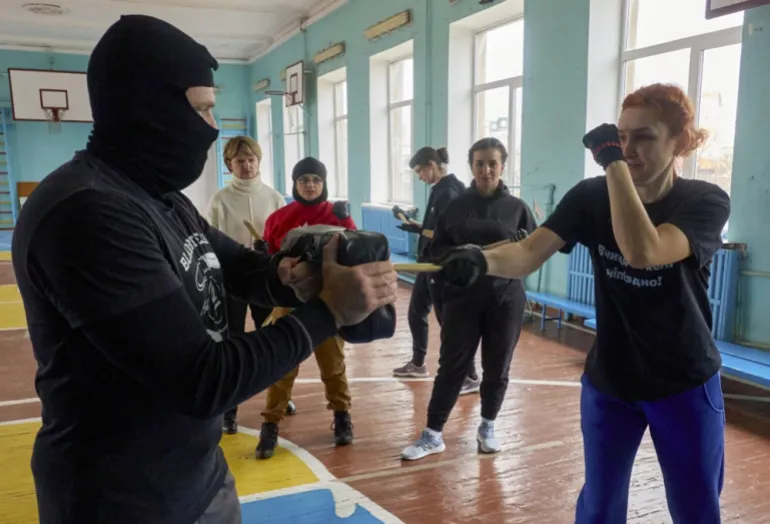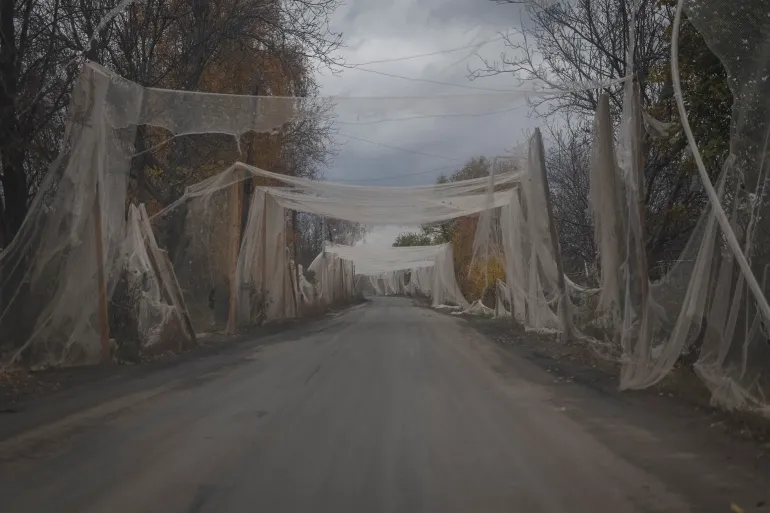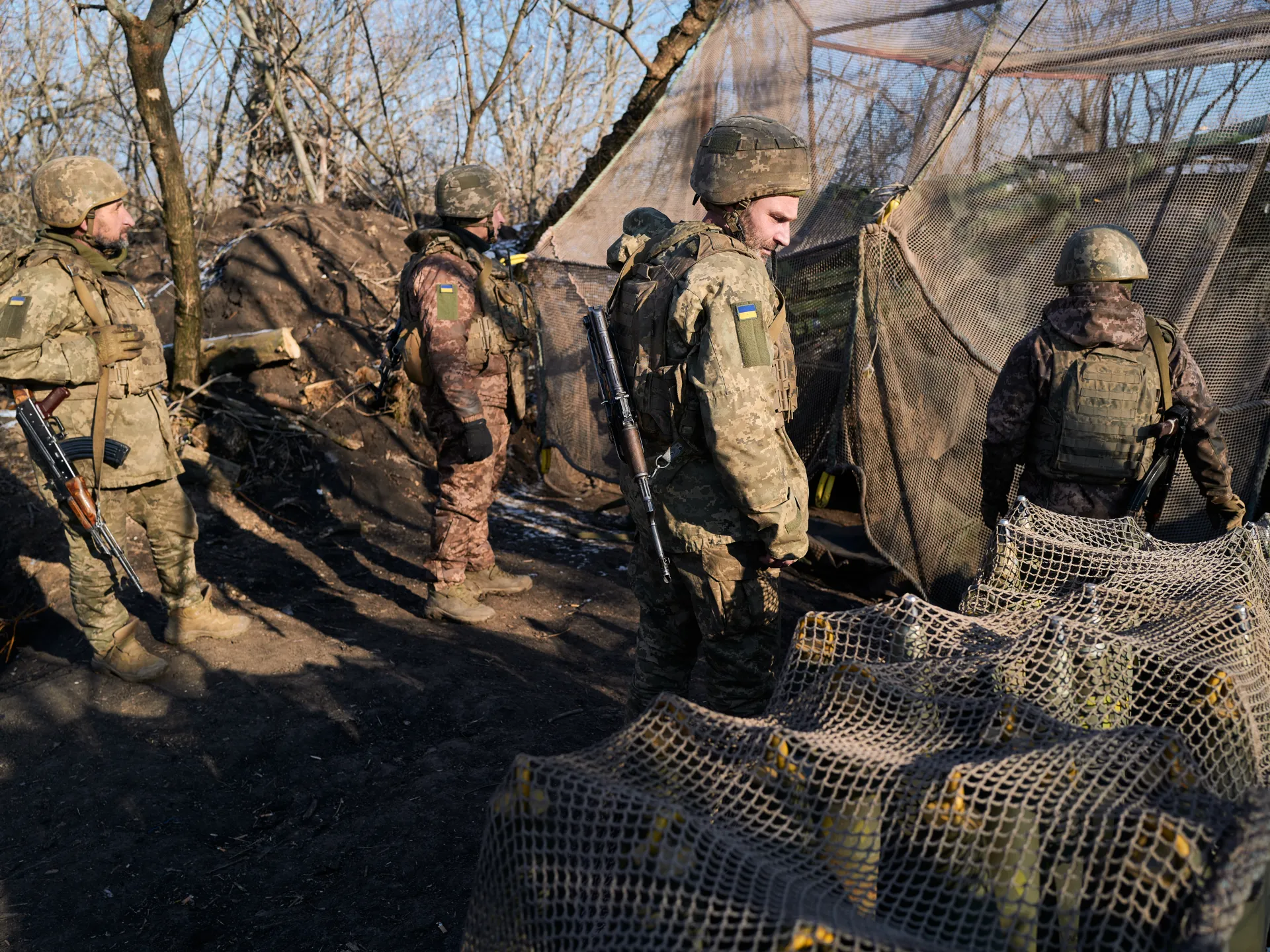Kyiv, Ukraine – The collective West is scared of Moscow’s new, nuclear-powered cruise missile because it can reach anywhere on Earth, bypassing the most sophisticated air and missile defence systems, the Russian Ministry of Foreign Affairs has claimed.
“They’re afraid of what we’ll show to them next,” Foreign Ministry spokeswoman Maria Zakharova told the RIA Novosti news agency on Sunday.
Recommended Stories
list of 4 itemsend of list
Days earlier, she said Moscow was “forced” to develop and test the cruise missile, which is named the Burevestnik, meaning storm petrel – a type of seabird, in response to NATO’s hostility towards Russia.
“The development can be characterised as forced and takes place to maintain strategic balance,” she was quoted by the Itar-Tass news agency as saying. Russia “has to respond to NATO’s increasingly destabilising actions in the field of missile defence”.
With much pomp, Russian President Vladimir Putin on Tuesday handed state awards to Burevestnik’s developers.
Also awarded were the designers of Poseidon, an underwater nuclear-powered torpedo which Putin has also claimed has been successfully tested.
Russia says Poseidon can carry nuclear weapons that cause radioactive tsunamis, wiping out huge coastal areas. The “super torpedo” can move at the speed of 200km/h (120mph) and zigzag its way to avoid interception, it says.
“In terms of flight range, the Burevestnik … has surpassed all known missile systems in the world,” Putin said in his speech at the Kremlin. “Same as any other nuclear power, Russia is developing its nuclear potential, its strategic potential … What we are talking about now is the work announced a long time ago.”
But military and nuclear experts are sceptical about the efficiency and lethality of the new weapons.
It is not unusual for Russia to flaunt its arsenal as its onslaught in Ukraine continues. Analysts say rather than scaring its critics, Moscow’s announcements are merely a scare tactic to dissuade Western powers from supporting Kyiv.
“There’s nothing revolutionary about,” the Burevestnik, said Pavel Podvig, director of the Russian Nuclear Forces Project at the the United Nations Institute for Disarmament Research.
“It can fly long and far, and there’s some novelty about it, but there’s nothing to back [Putin’s claim] that it can absolutely change everything,” Podvig told Al Jazeera. “One can’t say that it is invincible and can triumph over everything.”
The Burevestnik’s test is part of Moscow’s media stratagem of intimidating the West when the real situation on the front lines in Ukraine is desperate, according to a former Russian diplomat.
The missile is “not a technical breakthrough but a product of propaganda and desperation”, Boris Bondarev, who quit his Russian Foreign Ministry job to protest against the 2022 full-scale invasion of Ukraine, wrote in an opinion piece published by the Moscow Times.
“It symbolises not strength but weakness – the Kremlin’s lack of any tools of political influence other than threats.”
Few details about ‘unique’ missile
The problem is that officials have so far unveiled very little about the Burevestnik, which NATO has dubbed the SSC-X-9 Skyfall – a missile that has a nuclear reactor allegedly capable of keeping it in the air indefinitely.
On October 26, when fatigues-clad Putin announced Burevestnik’s successful test, he was accompanied by his top general Valery Gerasimov.
“This is a unique item; no one else in the world has it,” said Putin, in televised remarks.
Gerasimov said the Burevestnik had flown 14,000km (8,700 miles) in 15 hours during a recent test. It can manoeuvre and loiter midair, and unleash its nuclear load with “guaranteed precision” and at “any distance”.
“There’s a lot of work ahead” before the missile is mass-produced, Putin concluded, adding the test’s “key objectives have been achieved”.
A Ukrainian military expert ridiculed the Kremlin’s claims.
“Much of the news report is fake, the (Burevestnik) missile is subsonic, it can be detected and destroyed by missile defence systems,” Lieutenant General Ihor Romanenko, former deputy head of Ukraine’s general staff of armed forces who specialised in air and missile defence, told Al Jazeera.
As for the Poseidon nuclear drone, it is too destructive – and can be used only as a second-strike, retaliatory weapon after the start of a nuclear war, experts warned. As with the Burevestnik, the lack of detailed information about Poseidon casts doubt upon the Kremlin’s claims.
Trump decries ‘inappropriate’ tests
The announcements followed Washington’s scrapping of United States President Donald Trump’s summit with Putin in Budapest, Hungary.
Trump has called the Burevestnik’s test “inappropriate” and ordered the Pentagon to resume the testing of nuclear weapons and missiles.
But ahead of next year’s midterm elections, he may seek to show how he forced the Kremlin to stop hostilities in Ukraine.
“Trump will have to play with pressure on Russia,” Romanenko said. “Hopefully, the circumstances will force Trump to act.”
What Putin has not mentioned is that only two of the Burevestnik’s dozen tests, starting in 2019, have been successful.
Its 2019 launch near the White Sea in northwestern Russia killed at least five nuclear experts after a radioactive explosion, Western experts said at the time. Russia’s state nuclear agency acknowledged the deaths, but officials and media reports do not provide video footage, detailed photos or other specifics of the Burevestnik and its testing route – making Putin’s latest claims hard to corroborate or disprove.
Western experts were able to identify the Burevestnik’s probable deployment site in September. Known as Vologda-20 or Chebsara, it is believed to be 475km (295 miles) north of Moscow and has nine launch pads under construction, the Reuters news agency reported last year.
The missile’s capabilities have divided military analysts.
“In operation, the Burevestnik would carry a nuclear warhead (or warheads), circle the globe at low altitude, avoid missile defences, and dodge terrain; and drop the warhead(s) at a difficult-to-predict location (or locations),” the Nuclear Threat Initiative, a US nonprofit security group said in a 2019 report after the missile’s first somewhat successful test.
A year later, the US Air Force’s National Air and Space Intelligence Center said, if brought into service, Burevestnik would give Moscow a “unique weapon with intercontinental-range capability”.
‘Burevestnik is a mystification’
Others doubt the missile’s functionality.
“Burevestnik is a mystification for the whole seven-and-a-half years since it was first announced,” Pavel Luzin, a visiting scholar at Tufts University in Massachusetts, told Al Jazeera.
“It’s impossible to create a reactor that is compact and powerful enough to ensure a cruise missile’s movement,” Luzin said. “This is a basic physics textbook.”
Moscow claims that Burevestnik utilises nuclear propulsion instead of turbojet or turbofan engines used in cruise or ballistic missiles.
But Luzin said the smallest nuclear reactors used to power satellites weighed 1 metric tonne, supplying several kilowatts of energy – roughly equal to what a regular household consumes – while emitting some 150kw of thermal energy.
The experimental nuclear reactors developed in the 1950s and the 60s for aircraft weighed many tonnes and were the size of a railway carriage, he said.
An average engine for a cruise missile weighs up to 80kg, generates 4kw for onboard electric and electronic devices, and about 1 megawatt of energy for propelling the missile, he said.
Other analysts think that Burevestnik’s nuclear engine can function, but do not consider the weapon groundbreaking.

